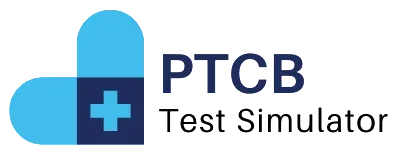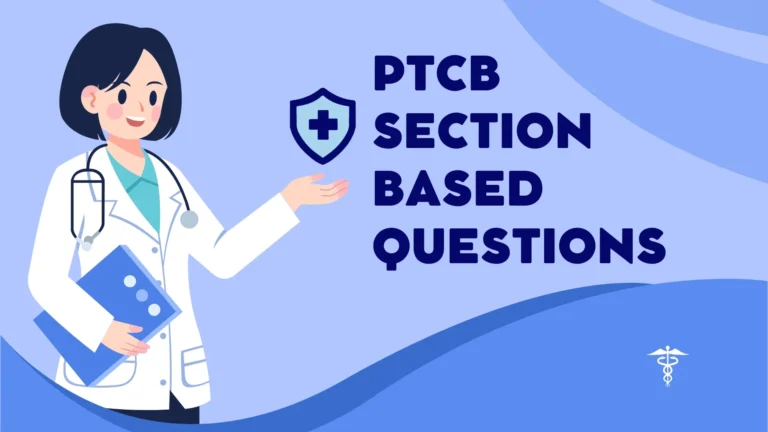TEAS Science Test Practice
The Test of Essential Academic Skills (TEAS) is an essential consideration for aspiring nursing students, with its science section playing a pivotal role in assessing candidates’ knowledge in fundamental scientific principles. This section tests understanding in areas such as biology, chemistry, physics, and the scientific method. Adequate preparation is crucial for success, as the science portion of the TEAS can significantly influence overall scores and, consequently, admission into nursing programs.
Considerate the TEAS Science Test Structure
The TEAS Science test consists of 53 questions, covering a range of topics that include life sciences, physical sciences, and scientific reasoning. The breakdown typically includes:
- Biology (approximately 30% of questions): This section covers cellular biology, anatomy, physiology, and microbiology. Understanding the structure and function of cells, the human body systems, and the basics of genetics is vital.
- Chemistry (approximately 23% of questions): Questions in this area often focus on chemical reactions, properties of matter, and basic concepts of organic and inorganic chemistry. A solid grasp of the periodic table, chemical bonds, and stoichiometry is essential.
- Physics (approximately 23% of questions): This part examines fundamental principles of physics, including motion, force, energy, and basic concepts of electricity and magnetism. Candidates should understand Newton’s laws, thermodynamics, and the basics of waves.
- Scientific Reasoning (approximately 24% of questions): This section assesses the ability to analyze scientific information and apply it to real-world scenarios. Critical thinking and the ability to interpret data from experiments and studies are crucial here.
Effective Study Approaches
To excel in the TEAS Science unit, a designed and strategic study plan is essential. Here are some effective strategies:
- Comprehensive Review of Content: Begin by reviewing core concepts in each subject area. Utilize textbooks, online resources, and study guides that are specifically designed for the TEAS exam. Focus on understanding rather than memorization; knowing how concepts interconnect will greatly aid retention.
- Practice Questions: Engage with practice questions that mimic the style and format of the TEAS Science test. This will familiarize you with the types of questions you might encounter and help you develop effective test-taking strategies. Time yourself to simulate actual testing conditions, which can also help with time management.
- Use Flashcards: Flashcards can be an effective tool for memorizing important terms, definitions, and processes. Create flashcards for key vocabulary and scientific principles, and regularly review them to reinforce your memory.
- Group Study Sessions: Consider studying with peers or forming study groups. Explaining concepts to others can reinforce your understanding, and your peers may offer insights that enhance your knowledge. Discussing challenging topics together can also make learning more engaging.
- Seek Online Resources and Tutorials: There are numerous online platforms that offer free and paid resources for TEAS preparation. Websites, video tutorials, and interactive quizzes can provide additional perspectives and explanations that can aid in understanding complex topics.
- Focus on Scientific Method and Data Interpretation: The scientific method is fundamental in all scientific disciplines. Ensure you understand the steps of hypothesis formulation, experimentation, observation, and conclusion. Additionally, practice interpreting data from graphs, tables, and charts, as these skills are often tested.
- Take Care of Your Well-Being: Adequate rest, nutrition, and mental well-being play significant roles in effective studying. Ensure you take breaks during study sessions, get enough sleep, and maintain a balanced diet. A healthy mind and body can enhance your focus and retention.
Practice Tests and Self-Assessment
Taking full-length practice tests can be one of the most effective ways to prepare. They not only help you gauge your knowledge but also familiarize you with the exam’s timing and pressure. After completing a practice test, review your answers carefully. Analyze any mistakes to understand where your weaknesses lie, and revisit those topics in your study materials.
Conclusion
Success in the TEAS Science test requires a thorough understanding of fundamental scientific principles, effective study strategies, and consistent practice. By engaging with content deeply, utilizing varied study methods, and focusing on the application of knowledge, you can enhance your chances of performing well. This preparation not only sets the foundation for passing the TEAS but also equips you with the necessary scientific knowledge essential for your future career in nursing. With dedication and a strategic approach, you can approach the TEAS Science test with confidence and achieve your academic goals.


